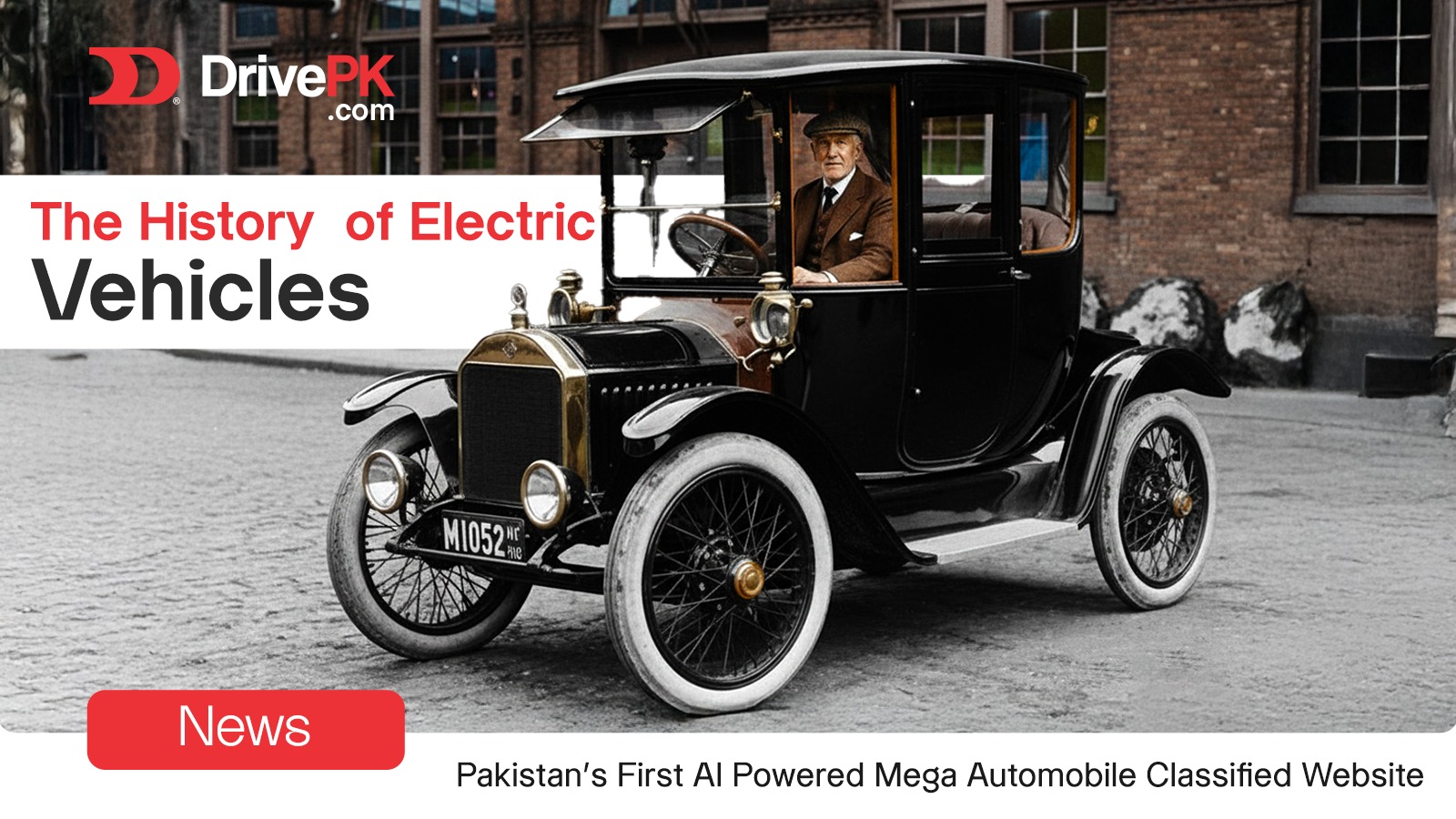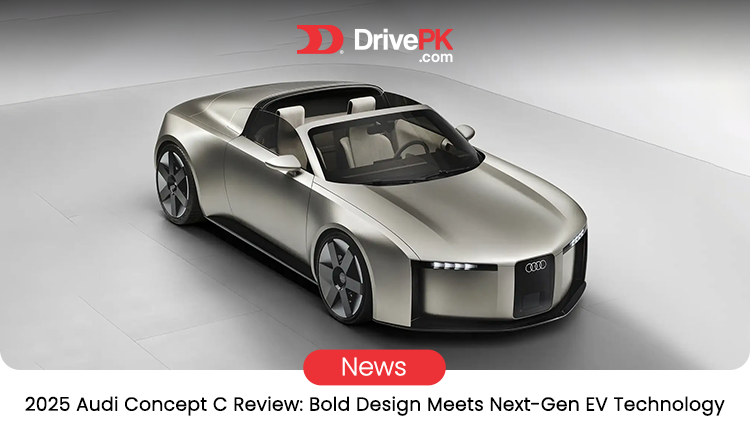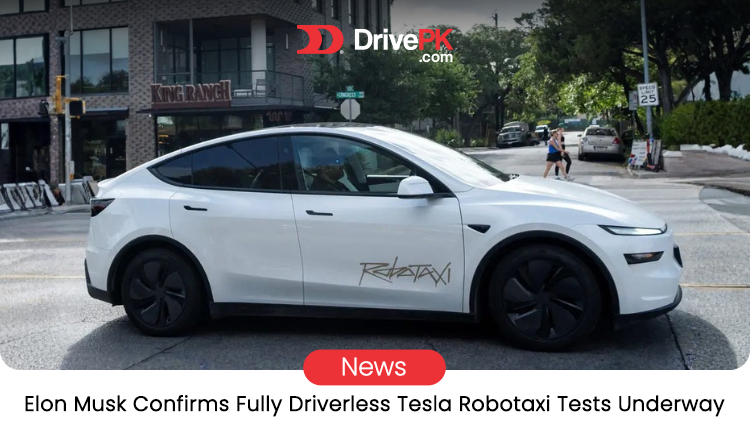The History of Electric Vehicles. A Step-by-Step Amazing Journey (1830s–2025)
Explore the complete history of electric vehicles

Table of Contents
- The History of Electric Vehicles: An Step-by-Step Amazing Journey
- The Very First Sparks of Electric Vehicle (1830s–1850s)
- Gradual maturity stages of electric vehicle (1880s–1900s)
- The Big Fall of EV (1910s–1960s)
- Re-establishing Electric Vehicle due to Energy Crises (1970s–1990s)
- The Modern Stage of Electric Vehicle (2000s 2025)
- Conclusion!
The History of Electric Vehicles: An Step-by-Step Amazing Journey
The invention of the plug is the embryonic stage of the electric vehicle, then it gradually modified rechargeable batteries, crude carriage came into the market in the 1882s. However, electric vehicles came to market commercially in the 1890s.
People were thinking about adopting electric vehicles due to the harmful environmental effects and pollution from gas and oil vehicles. While electric vehicles have blessed eco-friendly efforts.
In this blog, we will cover the step-by-step evolution of the electric vehicle.
The Very First Sparks of Electric Vehicle (1830s–1850s)
In the past days in the 1830s, inventors were looking for a big change. A Scottish man named Robert Anderson built the first crude electric vehicle around 1832–1839. It was a carriage powered by non-rechargeable batteries manufactured with iron and copper, but this electric vehicle could travel for a very short few miles; its major components were non-rechargeable batteries of iron and copper. However, it was a very great step for the beginning.
Then, in 1859, a French inventor named Gaston Planté changed the scenario of the game. He came with the first rechargeable lead-acid battery, which changed the EV industry at 180 degrees. This evolution appealed to people to think about the feasibility of electric vehicles.
Gradual maturity stages of electric vehicle (1880s–1900s)
By the late 1800s, electric vehicles came with more innovations in 1880. Electric taxis and small cars became common in the first world. People quickly owned it with great pleasure because they were environmentally friendly, quiet, easy to drive, and soundless.
Electrobat became the first commercial electric vehicle in the U.S in 1894. Electric cars made up about one-third of all vehicles on American roads in 1900. It was becoming popular in elite class, they loved them for short city trips. Companies like Baker Electric even sold fancy models for women, since they were simple to use.
The Big Fall of EV (1910s–1960s)
This era of electric vehicle downfall fell when Henry Ford rolled out the Model T, a cheap gas-powered car that anyone could afford in the 1990s. Gas was very inexpensive, and discoveries of oil made it plentiful. Besides this, electric cars had short ranges and needed hours to charge.
By the 1920s, gas cars ruled the roads. Electric vehicles almost disappeared. There was one sad moment in 1966: an oil company called GM crushed a bunch of EVs in a movie called Who Killed the Electric Car?It showed how big business favored gas. For many years electric vehicles have been mostly forgotten.
Re-establishing Electric Vehicle due to Energy Crises (1970s–1990s)
The 1970s oil crisis was at its peak, and gas prices soared to unprecedented levels. which changed people's minds. In that meantime electric vehicles came to be re-established with strong appeal. In 1970, GM came up with a modified small electric van called the Electrovair. But the real excitement came in the 1990s. California rules forced car makers to build zero-emission vehicles. GM launched the EV1 in 1996, a cool, modern electric car leased to fans. Toyota joined the market in 1997 with the Prius, the first popular hybrid vehicle (part electric, part gasoline). Their sale touches millions, and that became a benchmark to the world that electric power works.
The Modern Stage of Electric Vehicle (2000s _2025)
The 21st-century EV modernizes good batteries with other updated features like faster charging, as we talked about? That's when EVs exploded and modernized batteries, like lithium-ion ones, beside these faster charting and time as well. made cars go farther and charge faster.
Tesla Motors came with the Roadster with great speed and charging time. It put Tesla on the map and made EVs next level. Nissan launched the Leaf, the first mass-market EV, which was a milestone in trend-setting in 2010. It was affordable and sold over 100,000 in the first year. Tesla's Model S in 2012 added luxury and speed, and a heart-touch design as well.
Conclusion!
Every new invention passes through evolution, even from the embryonic stage to further advanced models that revolutionize with amazing. Electric vehicles, from the shaky carriages of the 1800s to the fast Teslas of today, 2025. They have the results of hundreds of experienced ups and downs, finally close to the modernized stage they fill human requirements with luxurious status. Most positive contribution of reducing pollution and climate changes.
What do you think, ready to go electric? Post your thoughts below!
Visit DrivePK.com for more automotive insights.
Tags
Share this article
About the Author
Najeeb Khan
Automotive enthusiast and writer
Comments (0)
Login Required
You need to be logged in to comment on this article.
No comments yet. Be the first to share your thoughts!
Related Articles

2025 Audi Concept C at IAA Munich: EV Design and Future Plans
Unveiled at IAA Mobility 2025 in Munich, the Audi Concept C is a street-legal EV sports car previewing Audi's future. With Porsche influences, bold lines, and a minimal interior, it hints at production models featuring RWD or AWD setups.

Tesla Starts Driverless Robotaxi Tests in Austin: No Human Monitors
Tesla began testing robotaxis in Austin without human safety monitors on December 14, 2025. A video captured a Model Y driving empty on city streets, backing Elon Musk's year-end goal. With over 30 units running, the company eyes quick growth, but paid rides stay supervised for now.

Karachi Yellow Line BRT Cost Surges 190%: Revised Budget and What It Means
The Central Development Working Party approved a 190% cost hike for Karachi's Yellow Line BRT, now at Rs178.59 billion from Rs61.43 billion in 2019. Blame goes to delays and rising costs. It also cleared Rs 10.55 billion in schemes and sent four projects worth Rs256 billion to ECNEC.